One of the most important artworks created by the Toronto modernist Kathleen Munn (1887–1974), this painting includes five stylized female nudes, each in a dynamic pose built out of triangles of colour. The choice to take on a classic subject made famous by such European giants as Edgar Degas (1834–1917) and Henri Matisse (1869–1954) demonstrates how Munn confidently set her artistic ambitions within the international modern art movement.
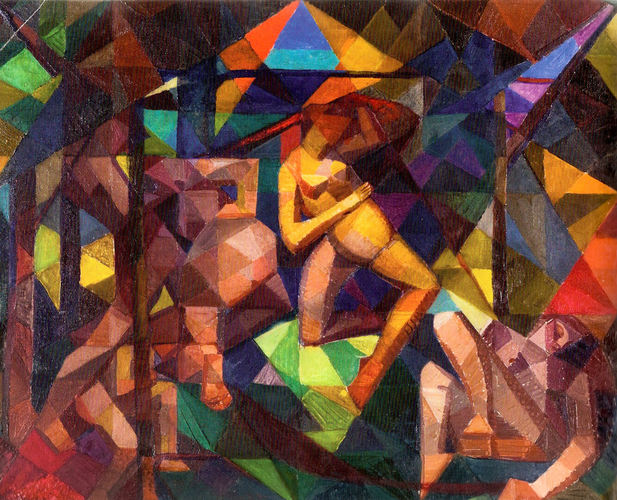
Kathleen Munn, The Dance, c.1923
Oil on canvas, 61 x 76.2 cm, private collection
The work reflects the influence of Synchromism, an abstract art movement concerned with the use of colour and the importance of the human body, which dominated Munn’s work in the 1910s and 1920s. She declared in her notebook that “the outworn beauty is the beauty of mere appearances. The new beauty is the beauty of principles. Not the world aspect but the world order.” By the early 1920s, Munn had refined her experiments with colour to achieve a rhythm and composition akin to musicality, an attribute much sought after by many modern artists engaged with abstraction.
Munn exhibited The Dance at the annual exhibition of the Royal Canadian Academy of Arts in 1923. It stood out dramatically from other paintings: the Mail and Empire critic described it as “unique” and a “futuristic painting with a cubist suggestion,” but it was not fully understood at the time. Reviewer Newton MacTavish suggested that “Miss Munn ought to be on hand to explain her art theories for she must have them.”
This Spotlight is excerpted from Kathleen Munn: Life & Work by Georgiana Uhlyarik.
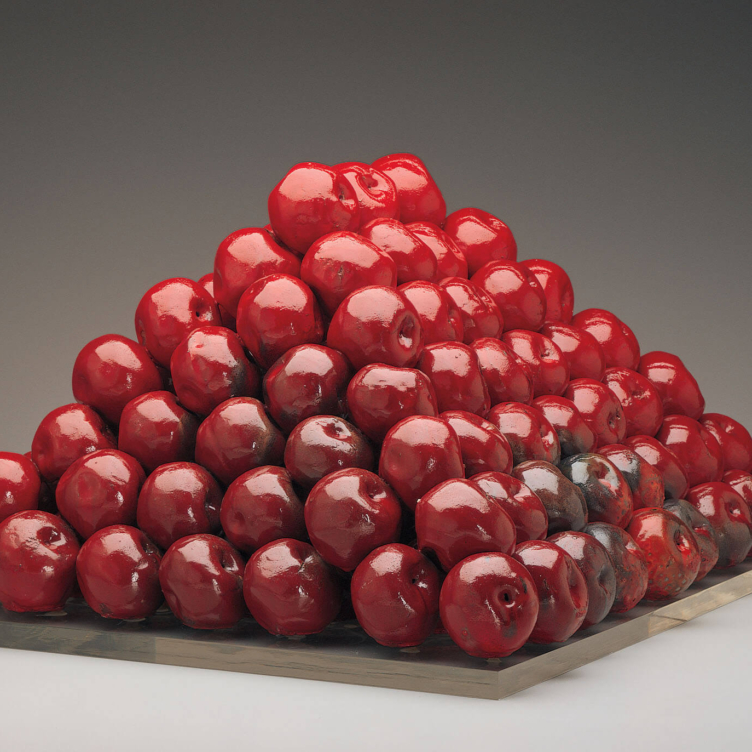 Pyramid Scheme
Pyramid Scheme
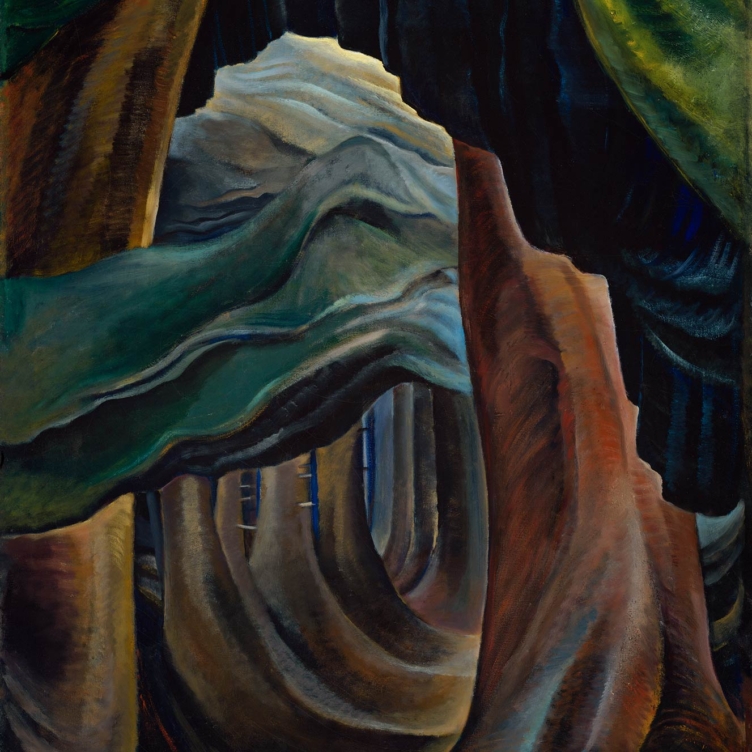 Transportive Trunks
Transportive Trunks
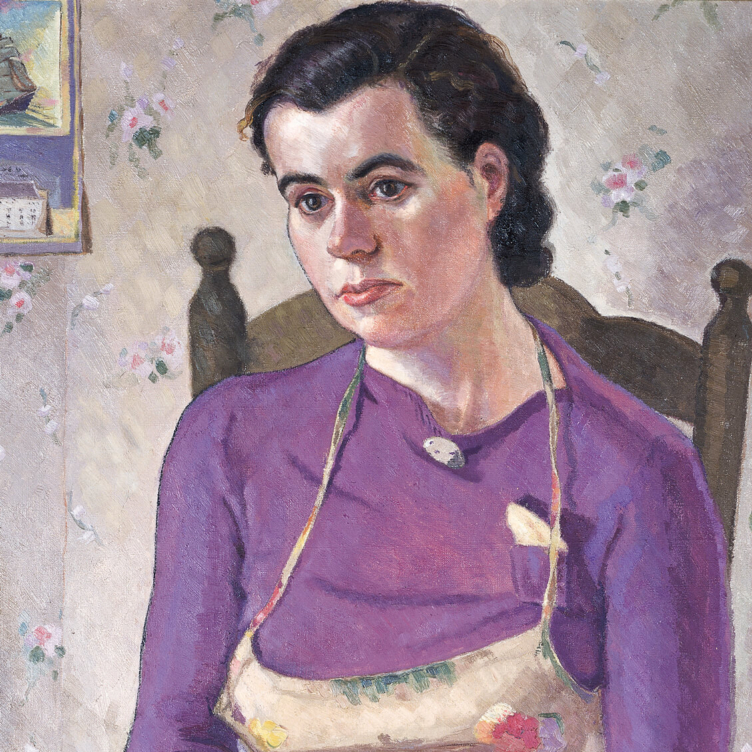 The Military Mate
The Military Mate
 Looking Up on the World
Looking Up on the World
 Vessel of Despair
Vessel of Despair
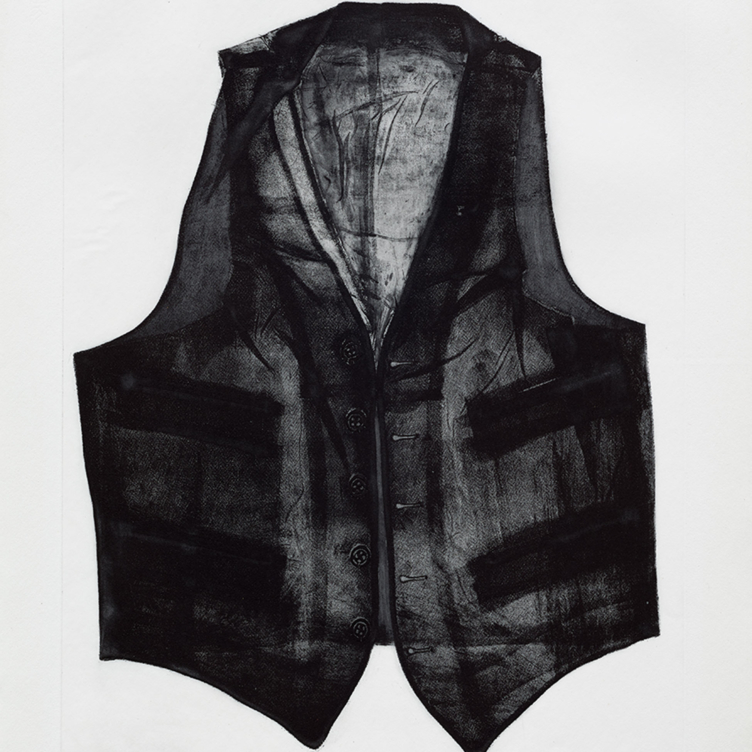 Layers of Meaning
Layers of Meaning
 In Parallel to Nature
In Parallel to Nature
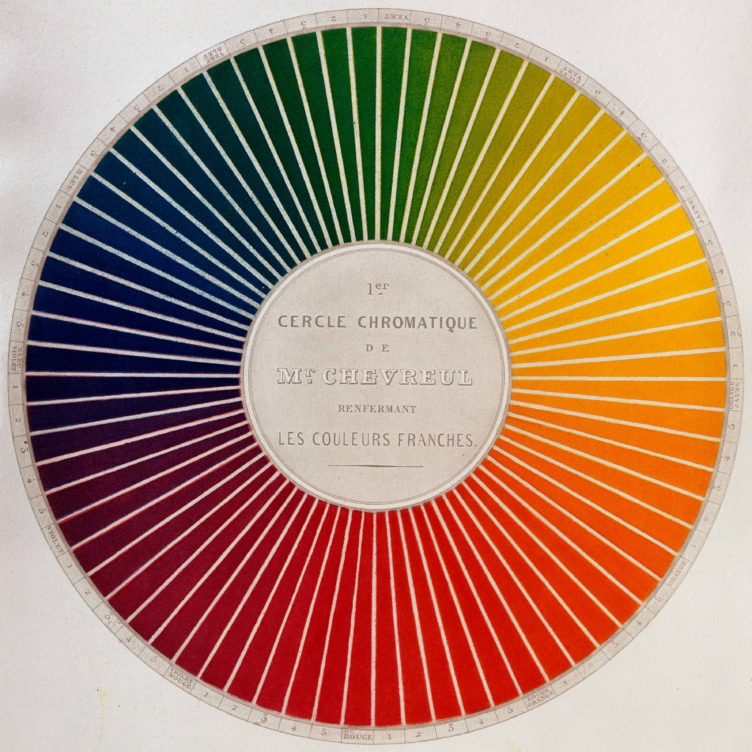 Wheel of Fortune
Wheel of Fortune
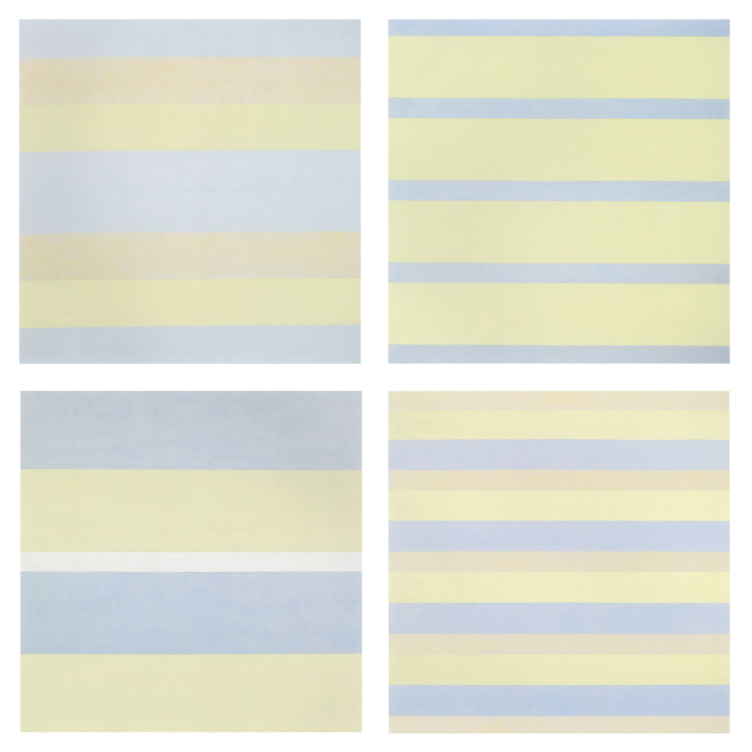 Paintings after emotional states
Paintings after emotional states
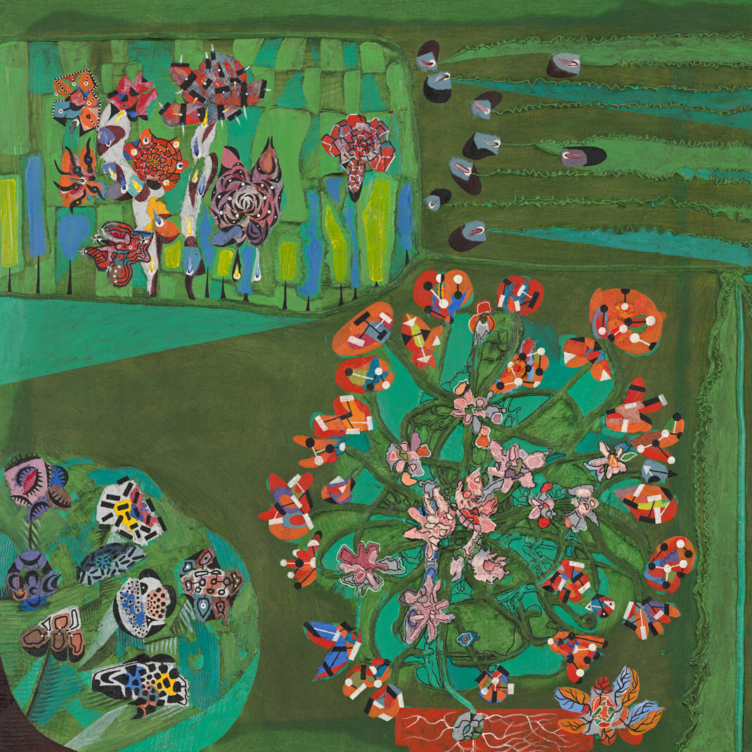 Garden of Delight
Garden of Delight
 Stitching the Archives
Stitching the Archives
 A Working-Class Hero
A Working-Class Hero
 Imagining Entangled Futures
Imagining Entangled Futures
 Bridging Far and Near
Bridging Far and Near
 Soft Power
Soft Power
 Imagining Emancipation
Imagining Emancipation
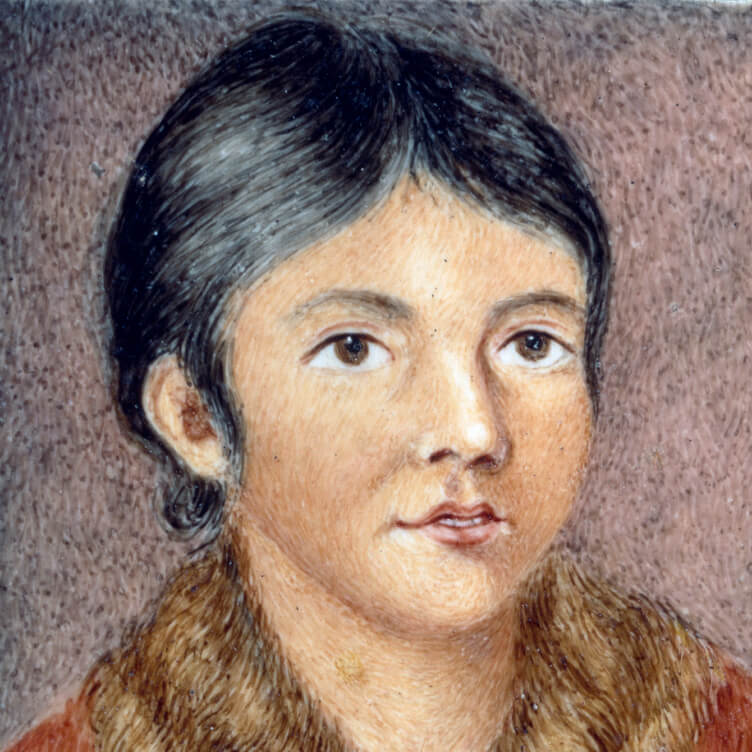 A Priceless Portrait
A Priceless Portrait
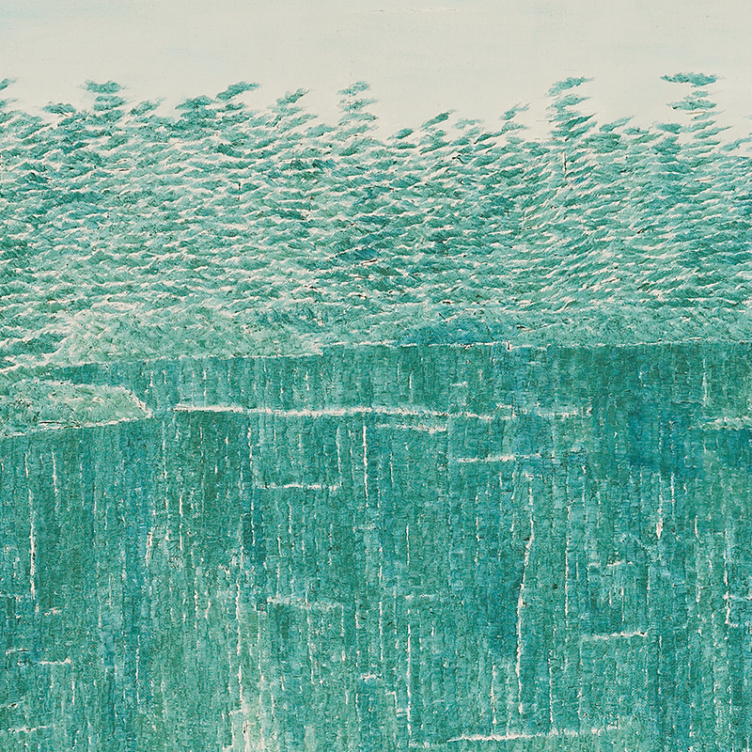 Meditation in Monochrome
Meditation in Monochrome
 Making His Mark
Making His Mark
 Honour and Sacrifice
Honour and Sacrifice